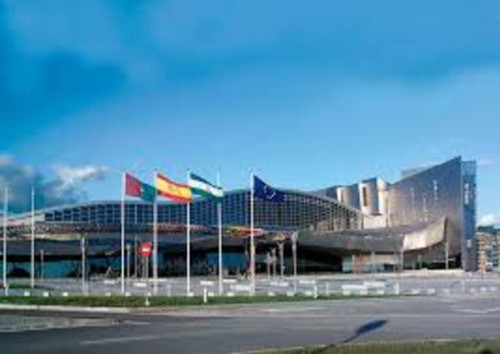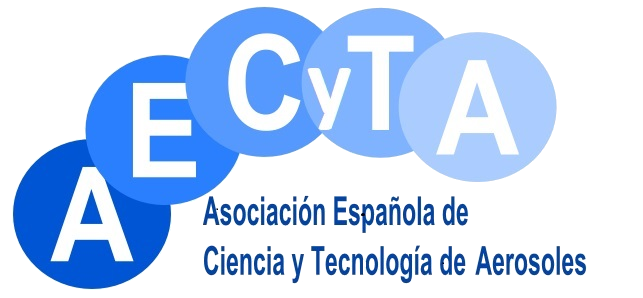Plenary Speakers
The conference program will include 5 Plenary Lectures addressing topics of general interest and consisting of one hour lectures with 50 min presentation and 10 min Q&A.


Jose L. Jimenez
Cooperative Institute for Research in Environmental Sciences (CIRES)
Chemistry – College of Arts and Sciences, University of Colorado Boulder,
Boulder, CO (USA)
Airborne disease transmission: how it works, why it was misunderstood, and how to fight it 
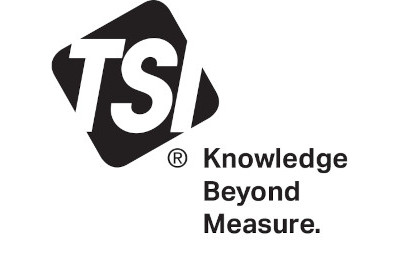
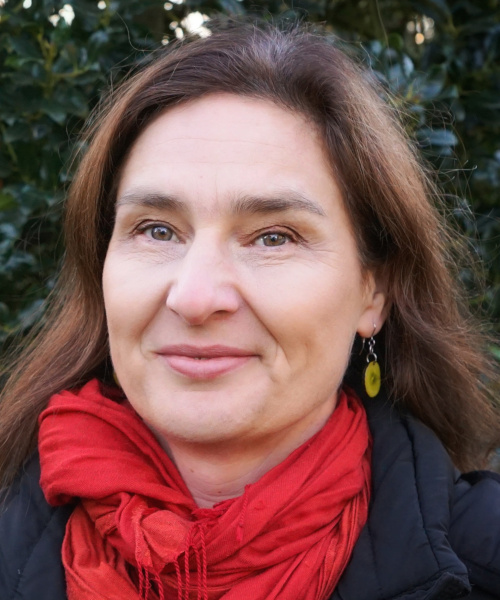
Silvia Henning
Leibniz-Institut für Troposphärenforschung e.V. (TROPOS)
Leipzig, Germany
Drivers of Cloud Condensation Nuclei (CCN) Concentrations and Properties
This presentation attempts to give an overview on what is currently known on regional CCN characteristics and possible sources around the globe based on in-situ CCN data.

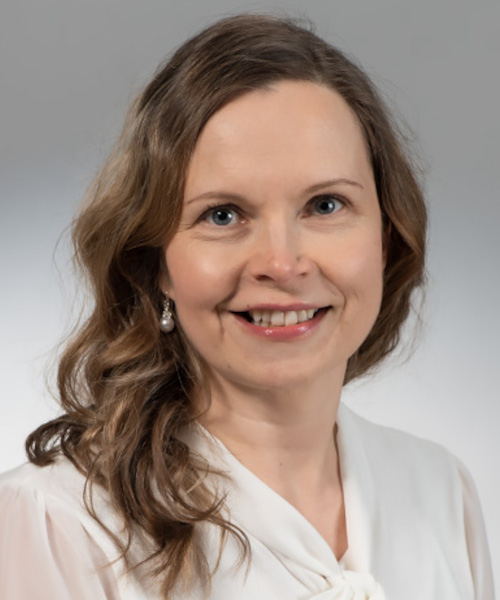
Katja Kanninen
Professor of Cellular Neurobiology
A.I. Virtanen Institute for Molecular Sciences
University of Eastern Finland (UEF)
Kuopio Campus, Bioteknia
Kuopio, Finland
Health impacts of air pollution exposure in the brain 
This plenary portrays the epidemiological and experimental evidence showing the adverse impacts of air pollution exposure on the brain. It highlights the molecular and cellular events associated with air pollution exposure, and links them to neurodegeneration, with a special focus on Alzheimer’s disease.

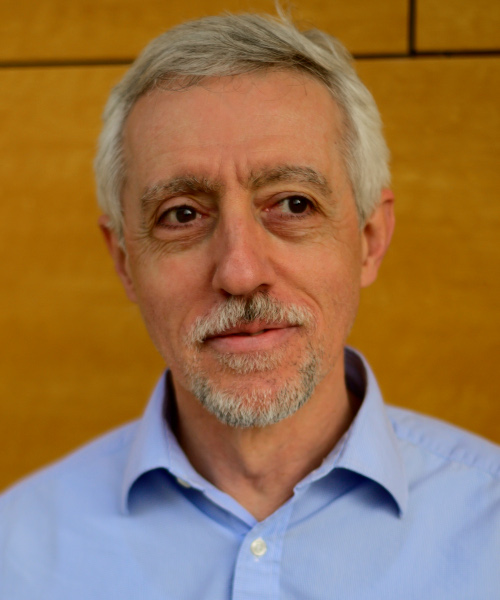
Joan Rosell-Llompart
ICREA Research Professor
Director of DEW Research Laboratory
Universitat Rovira i Virgili (URV)
Tarragona, Spain
Electrosprays, the unique aerosols emitted by conical liquid menisci 
Electrified conical menisci, known as Taylor cones, emit droplets with unique properties; mainly, precise size adjustability from micro-meters down to nano-meters, size mono-dispersion, and high electrical charge, near the Rayleigh limit value. Such basic/fundamental physical phenomenon has had a range of uses in Aerosol Science and Technology, from the generation of test aerosols, to its role in the development of differential mobility analysis with high resolving power, to as sources of particles and droplets for a broad range of applications.

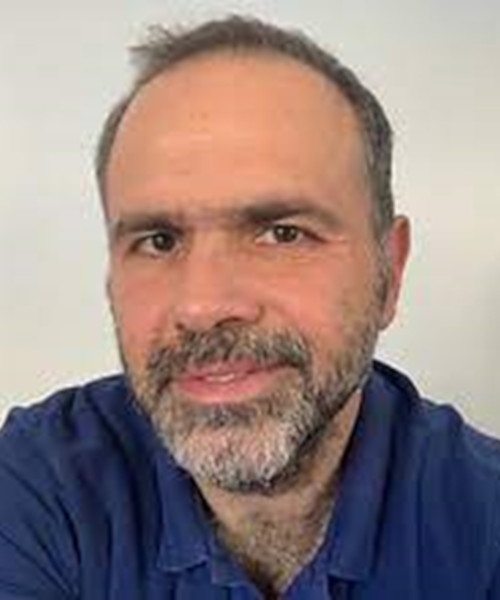
George Biskos
Energy Environment and Water Research Center
The Cyprus Institute, Nicosia, Cyprus
and Faculty of Civil Engng, & Geosciences
Deft University of Technology, Delft, The Netherlands
Synthesis and Characterization of Aerosol Atomic Clusters: A link between Atmospheric Sciences and Nanotechnology
Atomic clusters are aggregates comprised of a few to several hundred atoms, arranged in ways that can range from highly-ordered to amorphous structures. Depending on the number of atoms they contain, they can exhibit properties that differ substantially from their larger particle or bulk material counterparts, making them particularly interesting for a number of applications, including, e.g., medicine, catalysis, and sensing. In the framework of this talk an overview of atmospheric-pressure methods for synthesizing aerosol atomic clusters will be provided, and the unique applications that these can have in sensing and catalysis will be highlighted. The talk will also cover recent advancements in aerosol instrumentation that have enabled atomic cluster characterisation, highlighting the existing challenges and the opportunities they can offer in aerosol-based nanotechnology but also for atmospheric nucleation studies.
